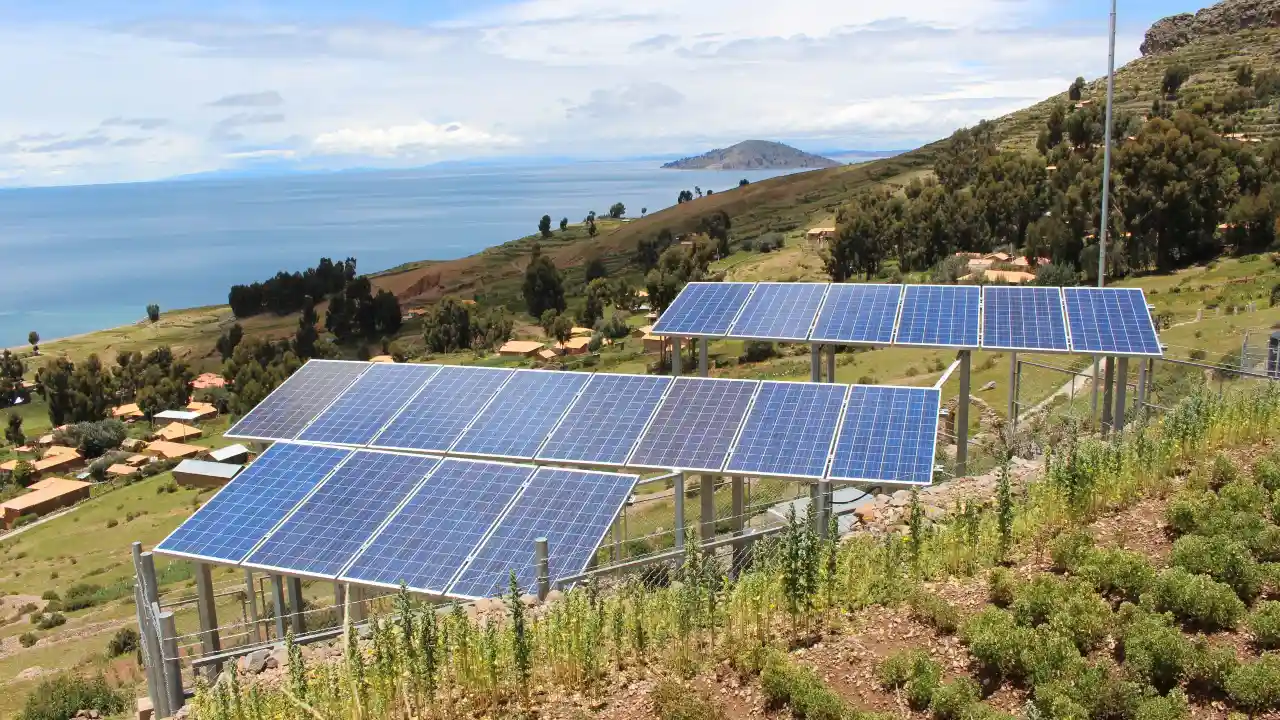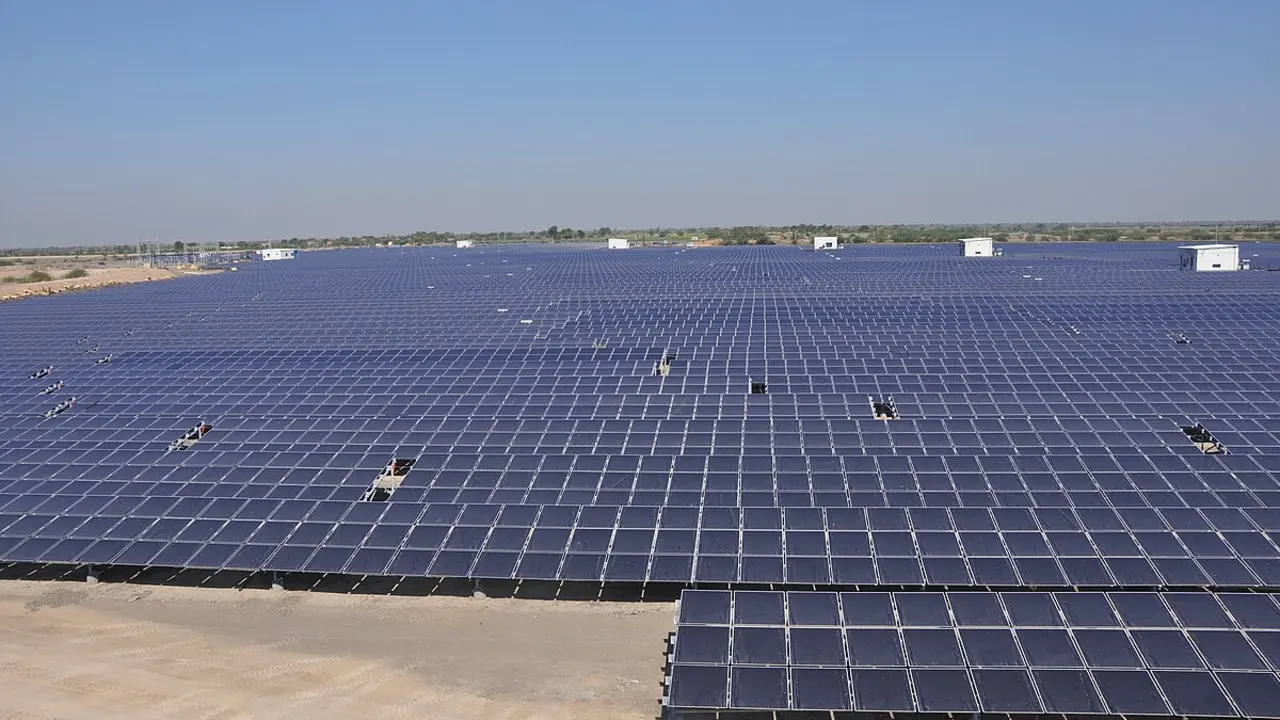Solar energy is rapidly becoming the go-to choice for sustainable and cost-effective power, whether for residential, commercial, or industrial applications. As more individuals and businesses transition to solar energy, a common and crucial question arises: what is solar panel maintenance cost? This is a valid concern for anyone looking to invest in solar panels, as understanding the long-term expenses is key to making an informed decision.
One important factor to consider is the Capex model solar, which involves upfront capital expenditure for installation while minimizing ongoing operational costs. Gaining insights into Apex solar maintenance and the various cost factors associated with it can help with realistic budgeting and long-term planning. This discussion will explore key aspects of solar panel maintenance, cost considerations, and strategies to maximize the value of your solar power investment.
What is Solar Panel Maintenance Cost
Before getting into details, it is important to clarify what one means by solar panel maintenance cost. The simplest way to put it would be to state that a solar panel maintenance cost refers to all of the usual charges incurred in maintaining any solar panels in good working condition.
Amongst other costs, it covers cleaning, inspection, repair, and parts replacement or even outright replacement. In appearance, they are long-lived and durable, but in all practicality, they are supposed to have some amount of maintenance that is associated with them to ensure efficiency and longevity through time.
It should be noted that costs that are related to the maintenance of solar systems would differ when calculated against parameters like type of solar systems installed, climatic conditions in the area, how wide the installation at the moment is, and maybe whether you will do your maintenance yourself or whether you will use the services of a professional.
Factors Affecting the What is Solar Panels Maintenance Cost
Several factors are determinants of the what is solar panel maintenance cost. A few may include the following:
- Location and Weather Conditions The geographical position of a solar installation plays an important role in how much the panels need servicing. For places where there are heavy rains and dusty winds, the solar panels need to be cleaned frequently. Otherwise, dust and moisture are experienced in rare intervals; hence, the frequency of cleaning is far apart because the overall costs of maintenance to your solar panel must be reduced.
- Type of Panel In another case, the kind of solar panels you choose can also affect maintenance costs. Usually, high-efficiency panels will be more expensive initially but should have reduced maintenance needs. On the other hand, the less efficient solar panels may go through more maintenance. Also, the warranties and useful life of the panels will affect how often and how much maintenance is done over time.
- Installation Types Rooftop vs Ground-Mounted Solar Panels Such installations have a direct bearing on the cost of maintenance of solar panels. Rooftop solar installations are much more complicated in terms of cleaning and repairing, and therefore, the cost of maintenance increases.
- System Size and Complexity Maintenance costs depend on the size of the solar installation. Larger systems would require longer hours of inspection and maintenance, resulting in higher costs. Similarly, complex installations with many more additional components, such as inverters and batteries, will incur higher maintenance costs when more components have to be monitored.
- Maintenance is either offered by professionals or done at the owner’s discretion. Engaging a rooftop solar installation company or professional maintenance service will contribute to more expenses, but it may guarantee caring for the system. On the other hand, if you go the DIY way, savings may accrue provided you watch out and know what to do so as not to destroy any part of the panels or eliminate any warrantied services.
Details on What is Solar Panel Maintenance Cost
Having taken into account the factors affecting solar panel maintenance, let us now check on the standard areas of maintenance and their costs.
Cleaning Solar Panels
The basic and most important solar panel maintenance procedure is cleaning. Dust, dirt, and other debris can reduce the activation of the panels by obstructing sunlight. They must undergo the cleaning process to guarantee that they work at maximum efficiency during the whole year. What is solar panels’ average maintenance cost? Overall costs for a professional cleaning of the system might vary between $100 and $300 with every activity, depending on the size of the system and the project’s accessibility.
You can always DIY if you are really into the project at home, but an expert may be advisable if the panels are high up or difficult to get to. Soap, water, and probably a soft brush or hose would be the only costs incurred for DIY cleaning.

Inspections and Monitoring.
The solar panels are regularly inspected and monitored to keep them in good condition. The professional might be able to identify wiring issues, broken panels, and inverter problems by professionally inspecting the whole system. After examining the whole system, the technician will provide future maintenance or repair advice.
Usually, this minor inspection will cost about $100-$300 for a professional to carry out, depending on the size and complexity of the system. In addition, there may be other charges if you have some monitoring software or service that can cost from $10 to $50 per month.
Inverter Maintenance
Considered an integral component of the solar system; transforms DC electricity generated by panels into AC electricity. This is the power that is immediately fed into your home or business. This performance of the inverter will have to be done regularly to ensure that it operates according to the requirements of its engineering design.
The inverter malfunction might lower efficiency in a system or lead to a total system breakdown.
Speaking of costs, would you like to know what is solar panel maintenance cost? When replacement becomes necessary, it could be from $1,000 to $2,000 or so.
Repairs and Replacements
Certainly, over some time, part or all of your solar system will need repairs or replacements. This includes the panels, the varying wiring, and other hardware. The nature and the price of the repair depend on the damage incurred or the particular part that requires attention.
To give one example, a single solar panel replacement can cost anywhere between $200 to $400, depending on the make and model. If the panels or any other component of your solar system are under warranty, the manufacturer’s patch may cover some repair costs.
How To Save Costs on Solar Panel Maintenance
The costs related to solar panel maintenance are universal and unavoidable even though they may incur high expenses; however, there are several ways you can cut down on these costs:
High-End Panels
High-end solar panels are long-lasting and require less frequent maintenance and repairs compared to conventional ones. Premium solar panels are longer under warranty, which means lower repair costs associated with it over the long term.
Choose an Installer Whom You Trust
Always choose an installer of rooftop solar who has earned an outstanding reputation for quality. Good installation helps to make sure that the installation of your panels will be optimum in terms of performance and cut your maintenance costs in the future.
Regular Check-Ups
Routine inspection helps in preventing little problems from turning into expensive repairs. A professional will also identify some hidden signs of wear and tear and be able to detect it early, thus saving the customer some amount they can spend on repairs or replacement.
Consider Buying a Maintenance Package
Some companies offer solar maintenance packages that may include regular cleaning, general inspections, and minor repairs at discounted rates. Maintenance costs become budget-friendly and help in keeping solar systems in a very good state.
Buy a Monitoring System
Monitor your solar system remotely with the help of a monitoring system as this can assist in identifying the early indication of problems, hence preventing your equipment from incurring costly repairs. Most ground mounted solar panels are also connected to a monitoring system, allowing system management.
Conclusion
Understanding what is solar panel maintenance cost is a critical factor in making an informed decision regarding the valuable investment you are about to make into solar power. The cost of maintenance differs based on many factors, including the precise location, the precise type of panels, and the intricacies of the system.
However, it is relatively inexpensive and pretty much predictable. With the maintenance of your system, you enhance its lifespan and improve its efficiency; hence, you will enjoy the benefits of solar energy in the long run.
FAQs
To Begin with, What is Solar Panel Maintenance Cost?
Solar panel maintenance cost is the cost of maintaining a solar energy system at its optimal level. It involves panel cleaning, damage checking, and electrical connections verification to achieve the best performance. A typical solar panel maintenance cost per year could be between $150 and $350, depending on the size of the system and location.
What is solar panel maintenance cost, and how are they location-dependent?
Yes, variations in solar panel maintenance expenses can occur in various locations. Areas with high dust, dirt, or snow demand more cleaning and maintenance, hence raising overheads. The service fees and labor charges highly localized to the location under consideration typically tip the scale of solar panel maintenance expenses.
Will there be any expenses in addition to solar panel maintenance expenses?
Typically, solar panel maintenance fees include the occasional inspection, cleaning, and light maintenance. If, nevertheless, any substantial repairs must be done, i.e., changing the inverter or fixing the wiring problems, these will cost extra. You should, therefore, advise your supplier to inform you about what is generally included in ordinary maintenance so you are not taken by surprise.
How often do solar panel maintenance fees occur?
Generally, solar panel maintenance cost is an annual expense. Servicing and cleaning would be optimally done once a year to allow the system to operate efficiently. However, if your location has intense weather patterns or the panels are situated in dusty areas, regular maintenance could, in turn, increase your total solar panel maintenance cost.
Does solar panel maintenance cost fall under warranty?
For the most part, the solar panel maintenance cost is not guaranteed by the manufacturer. Defects in material or workmanship are typically warranted, but not wear-and-tear or regular maintenance. Some companies provide service provisions or extended warranties that include maintenance. You should read the warranty to determine what is solar panel maintenance cost.


